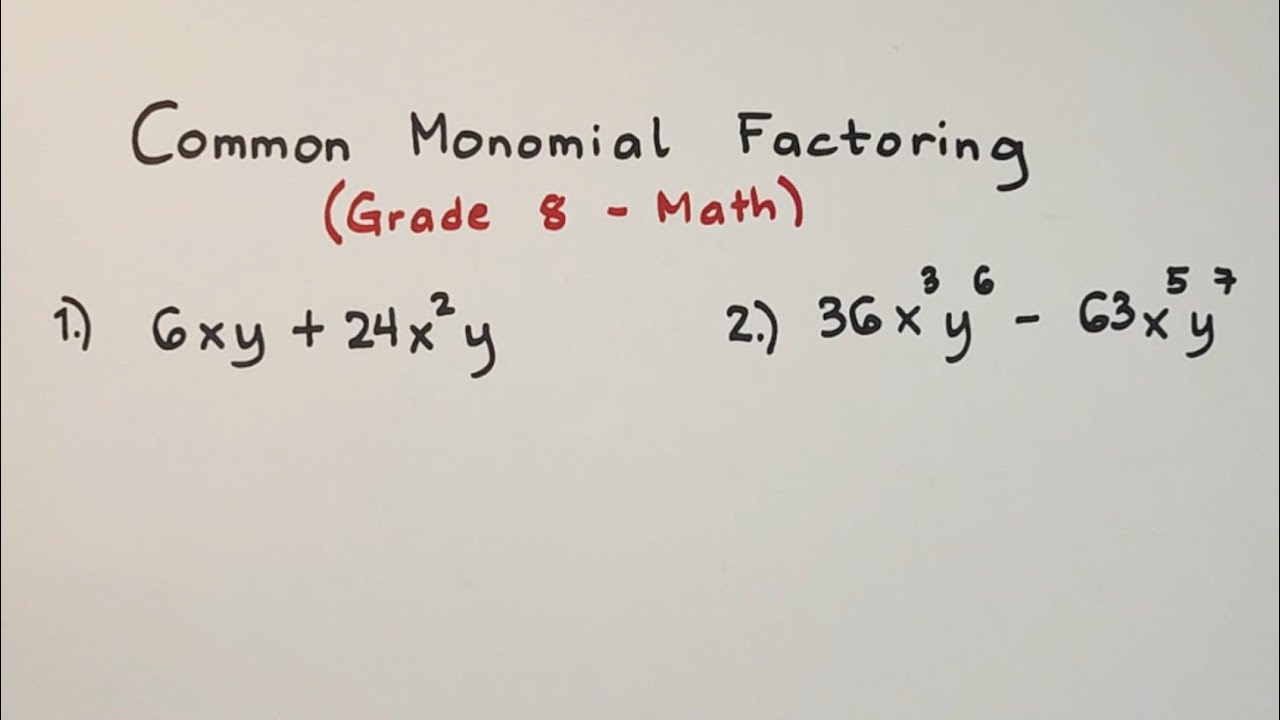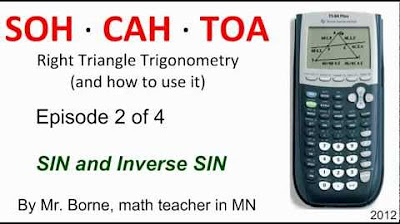RAZÃO MATEMÁTICA | EXPLICAÇÃO E EXERCÍCIOS SOBRE RAZÃO | Prof. Gis/
Summary
TLDRIn this educational video, the teacher explains the concept of 'ratio' in mathematics, using various real-life examples to make the topic relatable. The video covers how ratios are used to compare quantities, such as basketball shooting accuracy, test scores, and ingredients in recipes. It also demonstrates how to simplify ratios and convert them into fractions, decimals, and percentages. The teacher further explores practical applications, like comparing prices of products in supermarkets and analyzing job candidate-to-vacancy ratios. The video concludes with exercises to reinforce the understanding of ratios, aiming to help students apply this concept in daily life and academic contexts.
Takeaways
- 😀 Reason in mathematics refers to the comparison between two quantities or magnitudes that can be measured, helping to derive meaningful information.
- 😀 A ratio can be expressed in different forms: fraction, decimal, or percentage, depending on the context.
- 😀 When calculating a ratio between two values, the denominator cannot be zero, as it would make the calculation undefined.
- 😀 An example of a ratio is the comparison of successful basketball throws to total attempts, such as 8 successes out of 12 attempts (8:12).
- 😀 Ratios can be simplified, such as 8:12 simplified to 4:6, then further simplified to 2:3, representing the number of successful throws per total attempts.
- 😀 Another example of a ratio is comparing correct answers to the total number of questions in a test, such as 7 correct answers out of 10 questions (7:10).
- 😀 When making a recipe, ratios can be used to represent ingredients, like 2 tablespoons of milk powder per 200 mL of water.
- 😀 In practical scenarios like shopping, ratios help determine the best value, such as comparing the price per gram of two different brands of powdered chocolate.
- 😀 When comparing two products (like powdered chocolate), the ratio between the price and quantity is calculated to determine which one offers the best value for money.
- 😀 The concept of ratio can also apply to situations like job applications, where the ratio of applicants to available positions (e.g., 5:3) helps to quantify the competition for the roles.
Q & A
What is the concept of 'reason' in mathematics?
-In mathematics, 'reason' refers to a way of comparing two quantities. It is the quotient of two numbers that express their measurements. Reason can be represented in fractional, decimal, or percentage form depending on the context.
What is meant by the term 'greatness' in this lesson?
-In this context, 'greatness' refers to quantities that can be measured, such as the number of successful basketball shots or the amount of ingredients in a recipe.
How is the ratio between the number of successful basketball shots and total attempts represented?
-If a player made 8 successful shots out of 12 attempts, the ratio can be represented as 8:12. This can be simplified to 4:6 or 2:3.
What happens if the denominator of a ratio is zero?
-In any ratio, the denominator cannot be zero because division by zero is undefined.
How can ratios be applied in real life, like when buying cereal?
-Ratios can help determine the best deal when shopping. For instance, comparing the price per weight of different cereal boxes allows you to calculate which one gives you more value for your money.
How do you calculate the cost per gram for two different chocolate powders?
-To find the cost per gram, divide the price by the quantity. For example, if the price of chocolate powder A is 10 reais for 800 grams, the cost per gram is 10 / 800 = 0.0125 reais per gram. Similarly, for chocolate powder B, divide its price by its quantity to get the cost per gram.
In the context of employment, what does a ratio like 5:3 represent?
-A ratio of 5:3 between the number of candidates and job vacancies means that for every 5 candidates, there are 3 job openings. This ratio helps determine how many candidates are competing for a specific number of positions.
How can you use ratios to determine the number of candidates applying for a job?
-If the ratio of candidates to job vacancies is 5:3, and there are 15 vacancies, multiplying 5 by 5 (the multiplier to get from 3 to 15) gives you 25 candidates. Therefore, 25 candidates are applying for the 15 vacancies.
What is the significance of expressing a ratio as a fraction, decimal, or percentage?
-Expressing a ratio in different forms—fraction, decimal, or percentage—makes it easier to understand and compare. For instance, the ratio of 14 out of 20 can be simplified to 7/10, converted to a decimal as 0.7, or expressed as 70%.
How can you determine the percentage of questions answered correctly on a test?
-To determine the percentage of correct answers on a test, divide the number of correct answers by the total number of questions and multiply by 100. For example, if 14 out of 20 questions are correct, the percentage is (14 / 20) * 100 = 70%.
Outlines

This section is available to paid users only. Please upgrade to access this part.
Upgrade NowMindmap

This section is available to paid users only. Please upgrade to access this part.
Upgrade NowKeywords

This section is available to paid users only. Please upgrade to access this part.
Upgrade NowHighlights

This section is available to paid users only. Please upgrade to access this part.
Upgrade NowTranscripts

This section is available to paid users only. Please upgrade to access this part.
Upgrade NowBrowse More Related Video

Video Pembelajaran Bermakna ( Deep Learning Focus ) dengan mapel Matematika kelas 1 SDN 6 Boja.

Pembahasan materi FUNGSI (Domain & Range, Komposisi, Invers) KELAS 10 | #MatematikAsik

Common Monomial Factoring - Polynomial Factoring - Grade 8 Math

Kombinasi (Matematika Kelas XII)

RAZÃO E PROPORÇÃO \Prof. Gis/ #01

SOHCAHTOA Learn sin(x) Episode 2 of 4
5.0 / 5 (0 votes)